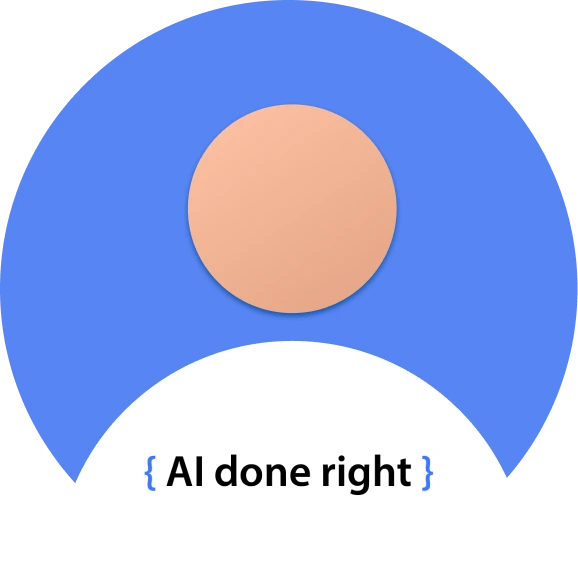|
Blog
Healthcare ecosystem challenges like stringent regulations, data silos, privacy concerns and steeply rising costs have grown more acute in the pandemic’s aftermath. It became more difficult to meet these challenges in a healthcare continuum now driven by value-based care where patient outcomes rather than services determine care team compensation.
Healthcare organizations must both refine their own processes and improve how they collaborate with other organizations in a wider healthcare ecosystem to deliver the best care. Health system integration will bring together digital functions or processes across enterprises that were once separate. This serves the powerful need for better data systems and information exchange to streamline clinical and business processes.
This type of innovation requires a fundamental reimagining of the way payers, healthcare providers and others operate and engage with patients, consumers, and stakeholders. This means that healthcare organizations must predicate and build their digital transformation strategies on their ability to foster broader innovation possibilities. The resulting framework enables:
- An integrated healthcare ecosystem for addressing large-scale challenges across silos
- The Ability to maintain a patient-centered focus and deliver value-based care
- Data access across barriers while meeting regulatory requirements for privacy
This requires making it easier for different systems, departments, and generational caregivers to access the data and the systems. It also requires a level of innovation that ensures everyone from baby boomer practitioners to millennials can understand and interact with the data/systems in ways they understand.
Innovation Through Capacity Transformation
Health information technology products and services like telemedicine, electronic health records and wearables are on the rise. These technologies require a digital innovation approach that makes them viable in a value-based care ecosystem to benefit healthcare providers, insurers, and patients.
This translates to creating an innovation ecosystem that can deliver on capacity transformation. In this approach, healthcare innovation uses digital transformation as the foundation to spur improved outcomes to the broadest group of users, providers, and patients.
Healthcare innovation can present itself in big or small ways with simple or complex developments. The idea is to have the healthcare cloud, AI, application development, IoT, and edge support that:
- Improves patient outcomes, experiences, and operational efficiency
- Lowers costs
- That users can transparently adopt
- Enables providers to spend more time with patients
- Innovates patient care
- Create new products and services
AI-driven platforms and applications can speed up a provider’s ability to identify, diagnose, and treat high-risk patients and help prioritize medical staff support according to capacity needs. This requires implementing CI/CD pipelines, AI/ML solutions, and cloud architectures that spur these and other innovative possibilities.
Healthcare enterprises cannot afford a rip-and-replace approach regarding legacy technologies. An innovation strategy enables the digital transformation strategies that remove this technical debt by providing a way to integrate with cloud-based services.
Telemedicine and telehealth infrastructure must accommodate mobile device use to reach the broadest patient base. The goal must be to enable better and more convenient patient and provider connections that deliver better outcomes by:
- Delivering real-time patient/provider interactions on any device and any location
- Providing personalized healthcare experiences that improve interactions and patient outcomes
- Reducing the cost of care delivery
Telehealth and Telemedicine at Capacity
One major approach to innovation possibilities and capacity transformations is the approaching reality of seniors outnumbering children by 2035. This will enable digital transformations rooted in telehealth and telemedicine to be designed for integration with mobile, cloud and AI. The resulting possibilities give providers more time with patients and better data to improve outcomes.
Strategic digital transformation geared to innovation will position healthcare provider organizations to compete in a shift from facility-focused elder care to home-centric care. It also positions nurses and physicians to better manage the provider shortages while increasing patient time and positive health diagnosis/outcomes.
Innovative, data-driven ways to remain competitive and provide better care/outcomes should always be the drier of digital transformation. While 81% of healthcare executives say their organization’s digital transformation is speeding up, 93% report innovation is an urgent need, according to the Accenture Digital Health Technology Vision 2021 report.
Digital Innovation Drives Digital Transformation
Digital transformation was never viable as a one-size-fits-all approach to a strategically stacked technology infrastructure. The pursuit of broad innovation possibilities requires scalable and flexible technologies like:
- Cloud
- Edge computing
- Microservices
- APIs
- AI and analytics
- IoT
- AI/ML pipelines for data analytics based on healthcare operations and patient care improvement outcomes
When they’re made part of an innovative strategy, healthcare organizations can create an agile architecture. This enables them to meet future needs on both the operational and healthcare front to improve efficiency.
We can say the same for natural language processing (NLP), low-code platforms, and robotic process automation (RPA) to democratize technology and empower people across organizations. The goal is to give healthcare organizations and their people across disciplines and departments the tools access that is easy to understand and transparently use to enable them to think innovatively.
Innovation requires a flexible ability to transact, share data, and shift between partners seamlessly and securely. This drives digital innovation possibilities for the healthcare industry, enterprise, operations, and patient-level change that improve experience and outcomes for people.
To learn how healthcare organizations can manifest Digital Innovation Frameworks for creating real-world solutions, click here for part 2 of this blog.
